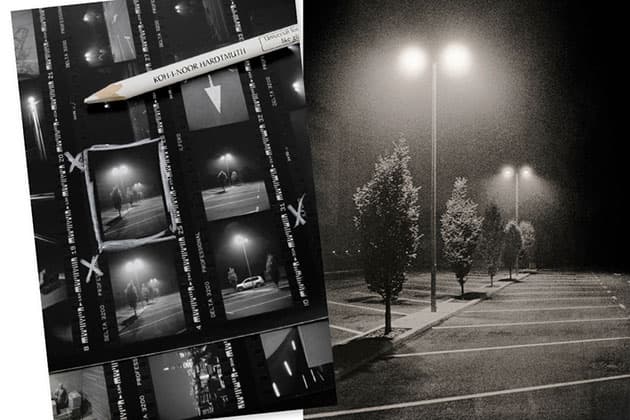
Credit: Mike Crawford
The contact is the earliest method of printing a negative in the darkroom and remains the most simple. The negative is sandwiched between glass and photographic paper, exposed to light and processed accordingly. Until roll films were introduced in the early 20th century, enlargements were very rarely made. While the technology did exist, the majority of large-format negatives in use, such as 8x10in, were contact printed.
A 19th-century process such as Albumen – one of the primary methods of printing prior to the introduction of silver gelatin in the 1870s – was so insensitive to light that contact printing was the only practical method of production. Large format cameras are still used today, and while most negatives will be printed with an enlarger, many photographs produce contacts as finished work. A more recent innovation is the ability to print digital files onto inkjet film to make a negative, which can then be contact printed: a hybrid process combining digital capture and traditional darkroom printing.
For photographers using 35mm and 120 film, contacting remains an essential part of the process, at least when shooting and processing in black & white. While it is often easier for colour film to be processed at a minilab, providing a set of prints (and often low-resolution scans), the contact sheet is the best option to see what is on the film we have processed. There is something very complete and pleasing about a set of contacts from a freshly processed batch of film: sheets of images to edit and assess, reviewing each roll with a loupe or magnifying glass, and noting the best frames for possible printing. It also brings a degree of anticipation, that is, if what we saw framed in the viewfinder has the same merit when finally seen in black & white.

An impromptu portrait of Wet Plate Collodion photographer Borut Peterlin. When making contacts, it is best not to print them too contrasty, as it will be easier to see more details in the frame. Credit: Mike Crawford
What you need
The procedure and equipment required is simple. An enlarger with a timer is the best choice of light source for creating contacts. Tests should be made to assess the exposure and grade of contrast, bearing in mind that parts of the film may need additional exposure, and subsequently processed, fixed, washed and dried. The other requirement is the glass. While there are contact-printing frames available that hold the negative strips in place, these can be quite cumbersome and can lead to the negatives being mishandled. It is worth ordering a heavy sheet of plate glass cut to size from a glazier, asking for the edges to be bevel cut, thus making them smooth and safe for handling. The weight is important because if thin glass is used with 35mm film, still with an inherent curl from drying, it can slightly lift the glass from the paper producing soft, unsharp contacts.
Filing
I file all my negatives in clear archival sleeves, which not only protects the film from dust and pollutants, but also makes the contacting process quicker and easier as the whole sheet can be contacted without removing or touching the strips of film. A drawback is that the thin material of the sheet can slightly diffuse the positive image on the contact, but usually not enough to notice, even with a magnifying glass. However, if the negatives are particularly dense requiring long exposure times, this will certainly show as a stronger diffusion, so I would recommend contacting such films removed from the sleeve.
[breakout]
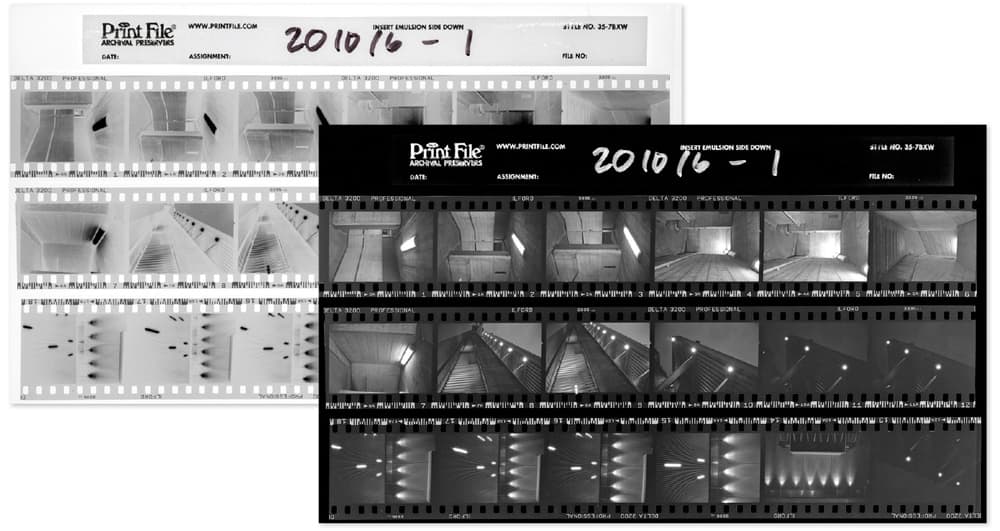
Archival sleeves are ideal for safe storage and prevent the negatives from being handled when making contacts. Credit: Mike Crawford
Labelling, filing and storage
It is useful to keep contact sheets and negatives filed together, either in ring binders or archival storage boxes. It can be frustrating finding an image on a contact sheet to print and then be faced with several boxes or files of negatives to look through. While I try to keep to this rule, it is likely that some get separated, leading to the inevitable search.
Labelling negatives so the contact will also have a reference number makes it easier to find the correct film. I normally just use the date and if more than one film, a roll number, often adding the subject’s name too if it’s a portrait. Knowing the date a film was shot or processed is important for future reference.
Rotring Isograph pens are ideal for writing on the negative rebate. However, if using clear archival sleeves to print through when contacting, such as Print File, the information can be simply written on the top of the sleeve or a clear printed label attached instead.[/breakout]
Benefits of contacts
I notice a tendency for some photographers, typically photographic students, to not bother with contacts as they say they can judge everything by looking at the negatives. I always take issue with this for several reasons. I simply don’t believe anyone can get the same visual information from a negative rather than seeing the image in positive. Portraits in particular are very liable to slight changes, making the difference between a good and bad photograph. A slight change in expression, the direction of the sitter’s gaze, or a slight smile compared to a smirk, for example, needs to be properly compared and considered.
The other advantage is that over the years, contact sheets build into an archive, even sometimes a diary, showing where we have been, whom we know and what we have seen. Through time, seemingly insignificant photographs can take on importance as people and places change. A further benefit is how useful it is to sometimes review older contacts. They may contain photographs which might have been initially overlooked, not seeming so relevant at the time of shooting, but which might later work well in a different context or in a different series of work.
[breakout]
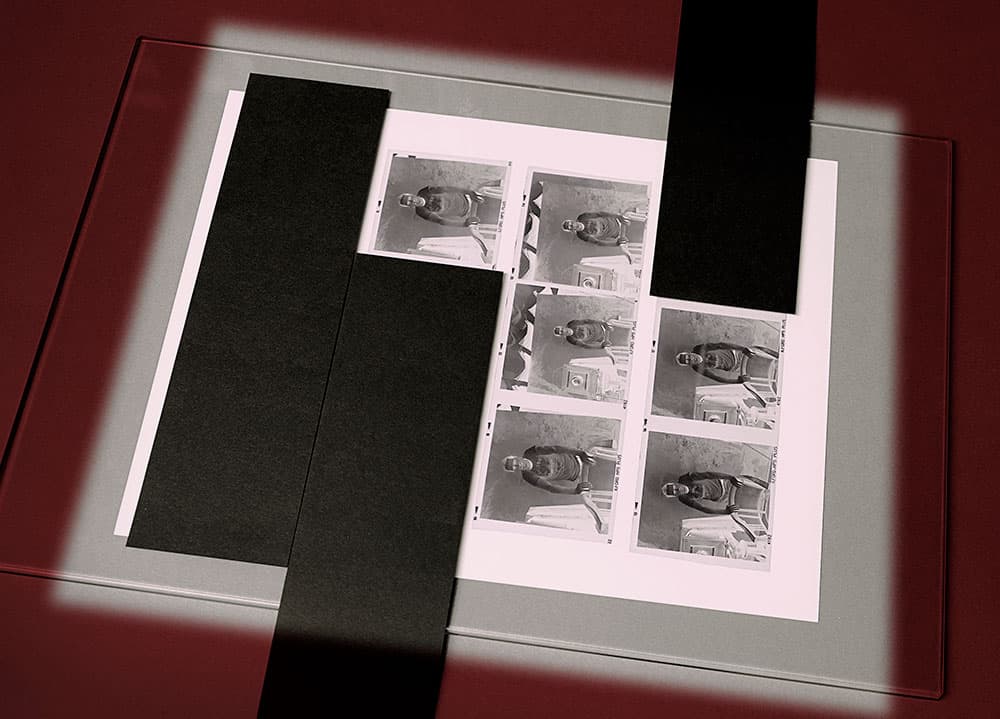
Credit: Mike Crawford
Correcting contact sheets
As a commercial printer, I ensure contact sheets for clients are presentable and tonally consistent. Inevitably, exposures will vary, so to correct contact sheets I keep a supply of black paper strips in the darkroom, cut to approximately 120 and 35mm film widths. Having assessed initial tests, I will then work out a series of additional exposures laying down the strips to give sections of the film more light. This also allows part of the sheet to be printed on a different grade if the contrast varies as well as exposure. Of course, a more simple method, which I often use for my own films, is to make two or three different contacts of the same film.[/breakout]
Using digital negatives for contact printing

Credit: Mike Crawford
1. The original digital image
Making a black & white darkroom print by contacting a negative digitally printed from a file is a relatively straightforward process. One benefit is that it can combine the qualities of a silver gelatin print and the many options we have in the darkroom with work shot and processed digitally.
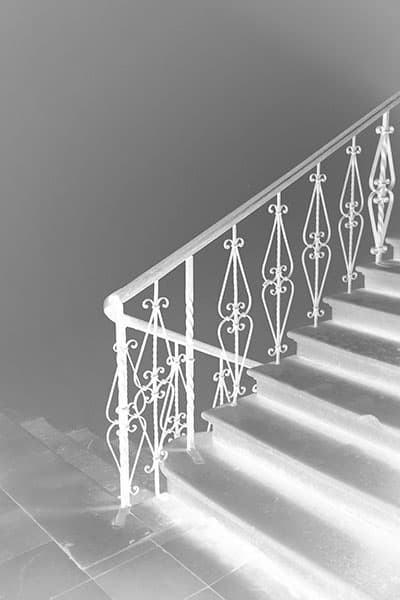
Credit: Mike Crawford
2. Reversed and inverted
The negative is made by making an inkjet print onto clear film, such as Permajet Digital Transfer Film or Pictorico Transparency Film. After tonal correction, it is desaturated, inverted to negative and flipped horizontally. This ensures the paper and negative emulsions touch giving the sharpest result.

Credit: Mike Crawford
3. Further contrast tests
For initial tests, it is useful to make several changes of contrast of a section of the image using adjustment layers, which can then be applied to the finished file. The file is prepared with each test appropriately titled. Always use the highest dpi printer setting consulting the film’s instructions for further settings.
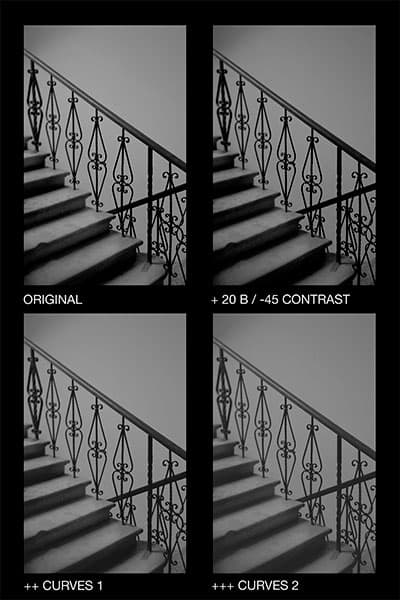
Credit: Mike Crawford
4. Assessing the test print
The first contact should be made using a mid-grade filter such as a grade 2. If the test looks promising, we can decide which adjustment layer to use. We then additionally have all the tonal and contrast controls of darkroom printing when making the final print.
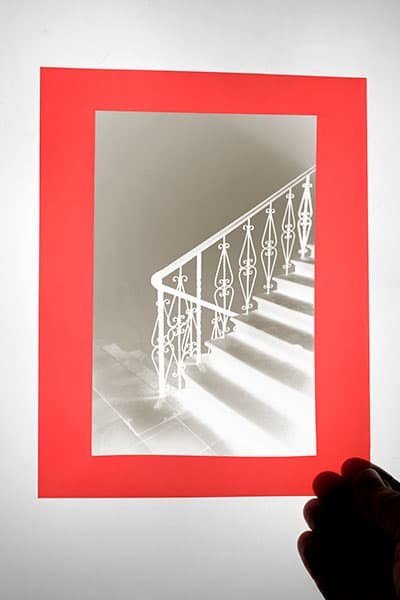
Credit: Mike Crawford
5. Adding borders
As the negative is printed onto clear film, any border will appear black. If a clean white border is required, one way is to prepare the file with a red border added to the required print size. In this instance, the negative, with border, was printed 8x10in on A4 film and trimmed to size.
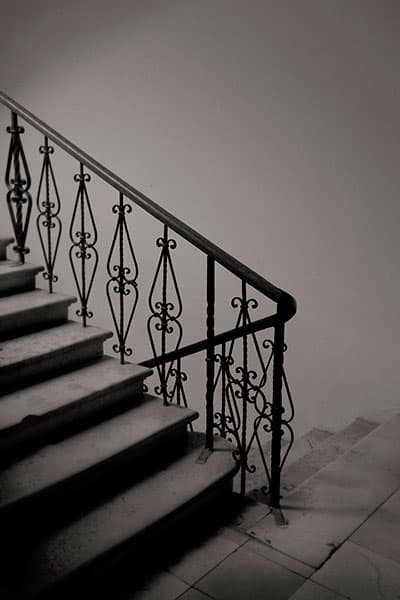
Credit: Mike Crawford
6. The finished print
The print is then made as any other contact. It’s also possible to dodge and burn for finer control. Inkjet negatives are delicate so are best kept in sleeves, ideally waiting a day before using so the ink has settled. This was printed on Ilford Warmtone paper with subsequent Thiocarbamide toning.

